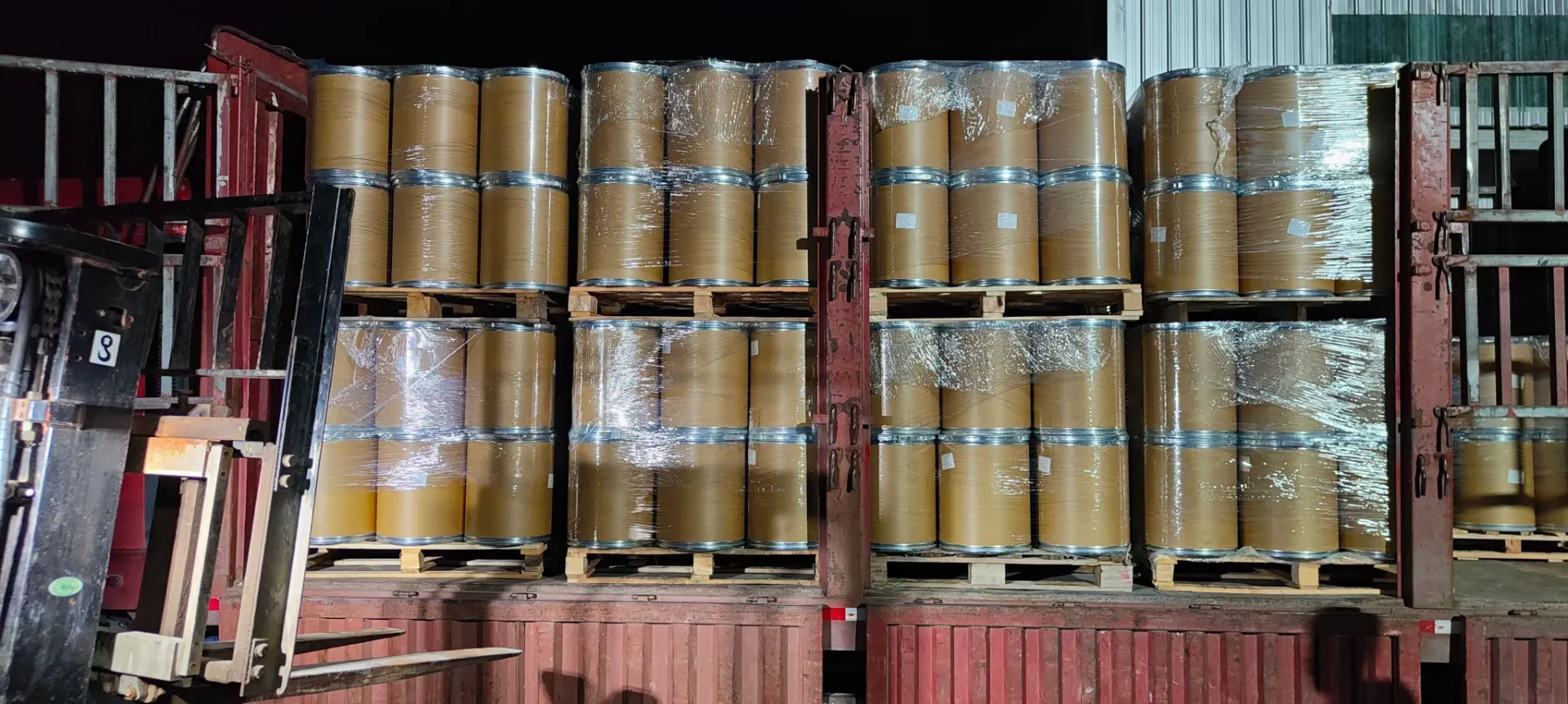The Role of Polyacrylamide Flocculant in Water Treatment
Water treatment is an essential process for ensuring the safety and quality of water supplied for human consumption and industrial applications. One of the most effective agents in this process is polyacrylamide, a synthetic polymer widely used as a flocculant. Flocculation is a critical step in water treatment that involves the aggregation of suspended particles into larger clusters, or flocs, which can then be easily removed from water. This article explores the role of polyacrylamide flocculant in water treatment, its mechanisms, applications, and environmental considerations.
Understanding Polyacrylamide
Polyacrylamide is a white, granular substance that is soluble in water. It is produced through the polymerization of acrylamide, a compound derived from petroleum or produced from renewable resources. The unique structure of polyacrylamide allows it to interact with various particles in suspension, leading to flocculation. Depending on the degree of cross-linking and the presence of charged functional groups, polyacrylamide can be categorized as non-ionic, anionic, or cationic. Each type serves specific purposes in water treatment based on the nature of the impurities present.
Mechanism of Flocculation
The process of flocculation involves several stages. First, polyacrylamide molecules adsorb onto the surfaces of suspended particles, neutralizing their surface charge and promoting aggregation. As the particles come together, they form larger flocs, which can settle out of the water more readily. The high molecular weight of polyacrylamide enhances this interaction, allowing for the effective binding of multiple particles. This makes polyacrylamide particularly useful for treating water with low turbidity or when the suspended solids are negatively charged.
Applications in Water Treatment
polyacrylamide flocculant water treatment

Polyacrylamide is employed in various water treatment applications, including municipal wastewater treatment, industrial effluent treatment, and even drinking water purification. In municipal wastewater treatment, it is often used in conjunction with other chemicals, such as coagulants, to improve the efficiency of the sedimentation process. In industrial settings, polyacrylamide helps to manage process water and recycle wastewater, reducing the environmental impact of operations.
In drinking water treatment, polyacrylamide plays a crucial role in removing contaminants and ensuring that the final water product meets safety standards. By effectively aggregating and removing organic materials, sediments, and other impurities, polyacrylamide helps to produce clearer and safer drinking water.
Environmental Considerations
While polyacrylamide is effective in water treatment, its use raises certain environmental concerns. When improperly managed, residual polyacrylamide can find its way into natural water bodies, potentially impacting aquatic ecosystems. Moreover, the degradation of polyacrylamide in the environment can produce acrylamide, a toxic substance known to pose health risks. Therefore, it is crucial to adopt best practices in handling and application of polyacrylamide.
To mitigate these risks, regulatory frameworks are often established, and manufacturers are encouraged to develop more environmentally friendly alternatives or biodegradable versions of polyacrylamide. Advances in technology and research are continuously being made to enhance the safety and efficiency of flocculants used in water treatment.
Conclusion
Polyacrylamide flocculant plays a vital role in the effective treatment of water, contributing to improved quality and safety for various applications. Its ability to aggregate suspended particles facilitates effective sedimentation and purification processes. However, appropriate measures must be taken to ensure its safe application and minimize environmental impact. Ongoing research and innovation will help optimize its use in water treatment while addressing health and environmental concerns, ensuring sustainable practices for future generations.

